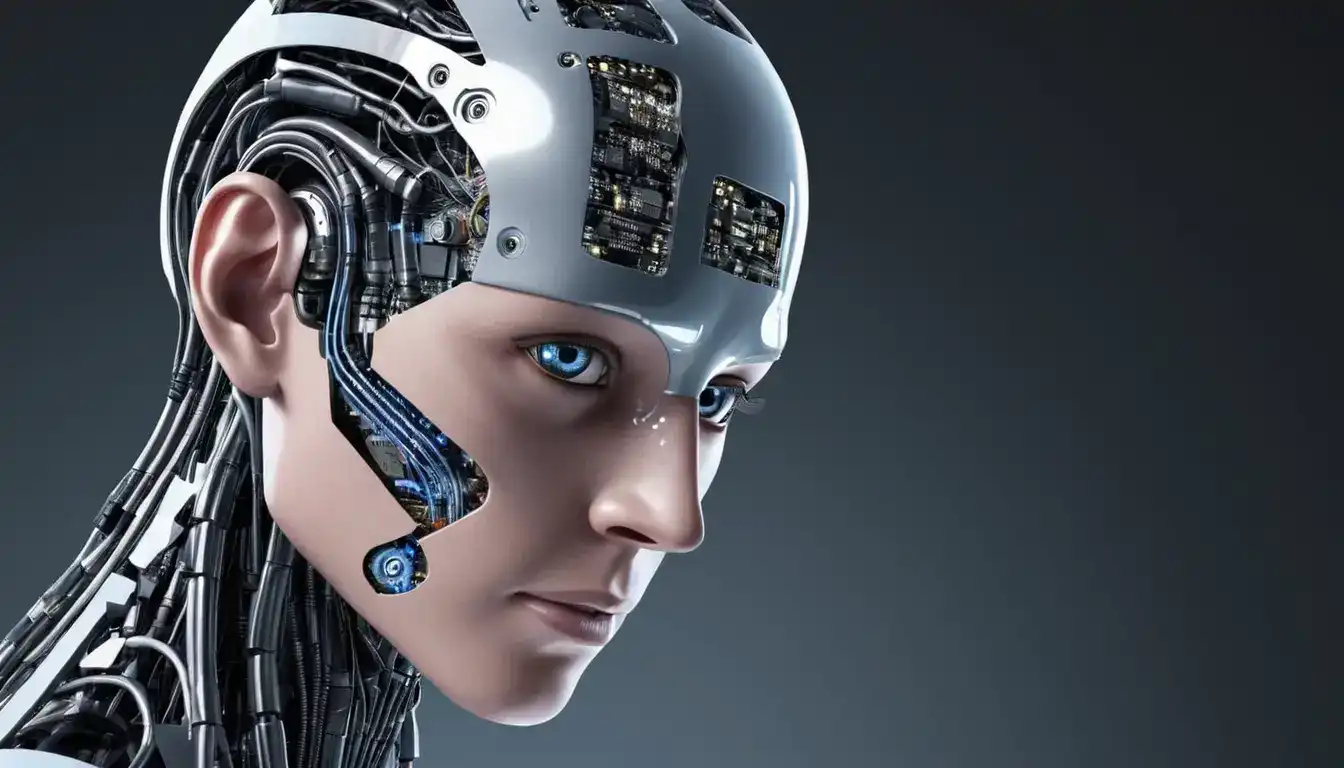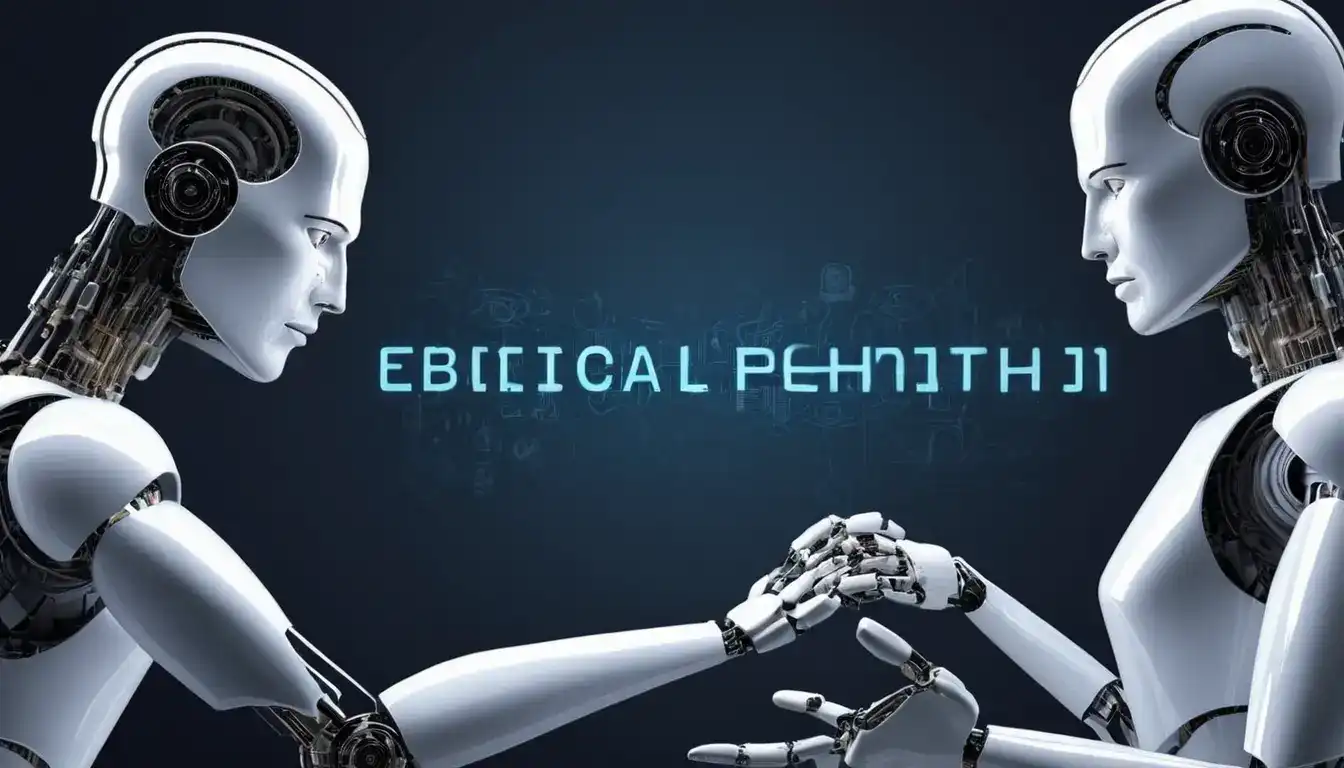Challenges and Opportunities in Implementing IoT Technology
Emily Willis

Photo: Challenges and Opportunities in Implementing IoT Technology
The Internet of Things (IoT) has emerged as a transformative force across industries, promising to revolutionize how businesses operate, interact with customers, and deliver services. However, along with its vast potential, IoT implementation comes with several challenges that organizations must navigate to harness its full benefits. This article explores the key challenges and opportunities associated with adopting IoT technology in various sectors.
Understanding IoT Technology
IoT refers to the network of interconnected devices, sensors, and systems that communicate with each other over the internet. These devices collect and exchange data, enabling real-time monitoring, automation, and decision-making. The applications of IoT span across industries, including manufacturing, healthcare, agriculture, transportation, and smart cities.
Challenges in Implementing IoT
1. Security Concerns
Security remains one of the foremost challenges in IoT adoption. With a multitude of connected devices exchanging sensitive data, the risk of cyber-attacks and data breaches increases significantly. Weak device authentication, inadequate encryption, and vulnerabilities in IoT platforms pose serious threats to data integrity and user privacy.
2. Interoperability Issues
IoT ecosystems often comprise devices and systems from different manufacturers, operating on diverse protocols and standards. Achieving seamless interoperability and integration among these devices can be complex and costly. Compatibility issues may hinder the scalability and efficiency of IoT deployments.
3. Data Management and Analytics
The sheer volume of data generated by IoT devices presents challenges in terms of storage, processing, and analysis. Organizations must invest in robust data management strategies and analytics tools to derive actionable insights from IoT-generated data. Additionally, ensuring data quality and accuracy is crucial for making informed business decisions.
4. Scalability
Scaling IoT deployments across large networks or geographies requires careful planning and infrastructure investment. Managing thousands or even millions of connected devices demands scalable solutions for network bandwidth, device management, and system updates. Lack of scalability can impede the expansion and long-term sustainability of IoT initiatives.
5. Cost of Implementation
The initial cost of deploying IoT infrastructure, including devices, sensors, connectivity, and backend systems, can be substantial. For many organizations, especially small and medium-sized enterprises (SMEs), upfront investments in IoT technology may present financial challenges. Cost-effectiveness and return on investment (ROI) considerations are critical in justifying IoT implementations.
Opportunities Offered by IoT
1. Operational Efficiency
IoT enables automation of routine tasks and real-time monitoring of equipment and processes. This leads to improved operational efficiency, reduced downtime, and enhanced productivity. Predictive maintenance powered by IoT analytics helps organizations proactively address equipment failures, thereby minimizing disruptions.
2. Enhanced Customer Experience
IoT-driven insights into customer behavior and preferences enable personalized experiences and targeted marketing strategies. Retailers, for example, use IoT data to optimize inventory levels, offer personalized recommendations, and improve overall customer satisfaction. In healthcare, remote patient monitoring through IoT devices enhances care delivery and patient outcomes.
3. Innovation and Product Development
IoT fosters innovation by enabling the development of smart products and services. Connected devices facilitate new business models and revenue streams, such as subscription-based services and predictive analytics offerings. Industries can leverage IoT data to innovate product designs, improve functionality, and meet evolving consumer demands.
4. Environmental Sustainability
IoT contributes to sustainability efforts through smart resource management and environmental monitoring. In agriculture, IoT sensors optimize water usage, monitor soil conditions, and enhance crop yields while minimizing environmental impact. Smart cities use IoT for efficient energy management, waste reduction, and pollution control, promoting sustainable urban development.
5. Business Intelligence and Decision-Making
IoT-generated data provides valuable business intelligence that informs strategic decision-making. Organizations gain deeper insights into operational performance, market trends, and consumer behavior, enabling agile responses to market dynamics. Real-time analytics empower executives to make data-driven decisions that drive growth and competitive advantage.
Conclusion
While challenges in implementing IoT technology are significant, the opportunities it presents for businesses and industries are equally compelling. By addressing security concerns, enhancing interoperability, investing in data management capabilities, and ensuring scalability, organizations can unlock the full potential of IoT. Embracing IoT-driven innovation not only improves operational efficiency and customer experiences but also positions businesses at the forefront of digital transformation in the global economy.
As IoT continues to evolve, its impact on industries will grow, offering new avenues for growth, efficiency, and sustainability. By proactively addressing challenges and capitalizing on opportunities, organizations can harness IoT's transformative power to drive future success.
Latest ✨
View AllArtificial Intelligence (AI) has evolved rapidly from science fiction to reality, offering immense potential but also presenting significant ethical challenges.
Emily Willis
Virtual reality (VR) and augmented reality (AR) are transforming the entertainment industry by offering immersive experiences that blur the lines between the real and virtual worlds. VR completely transports users into computer-generated environments, while AR overlays digital elements onto the real world.
Emily Willis
In today's job market, academic qualifications alone are not enough for success. Employers value soft skills such as communication, leadership, and teamwork. Educational settings provide opportunities for students to develop these skills. Strong communication skills enable effective collaboration and understanding. Presentation and public speaking skills enhance professionalism and credibility. Leadership skills involve setting goals, making decisions, and inspiring others. Teamwork skills are important for building relationships and achieving shared goals. Developing these skills in an educational environment prepares individuals for successful careers by enhancing employability and job readiness. Soft skills development is an ongoing process that promotes continuous learning and growth. By emphasizing the importance of soft skills, educational institutions empower students to succeed in a complex and interconnected world.
Emily Willis
fostering a love of reading in early childhood and provides practical tips to achieve this. It emphasizes starting early, making reading fun and interactive, integrating reading into daily activities, and addressing challenges with reluctant readers.
Emily Willis
Business
View All
August 5, 2024
The Importance of Having Insurance to Protect Yourself and Your Assetsinsurance in protecting individuals and businesses from financial losses due to unforeseen events. It explains the different types of insurance available, such as health, life, auto, homeowners, renters, disability, and liability insurance, and their benefits.
Emily Willis

August 5, 2024
How to Create Engaging Content and Convert Visitors to Customerscreating engaging content to attract and retain customers in the digital age. It provides strategies for understanding the audience, setting content goals, creating high-quality content, using storytelling and emotional connection, and optimizing content for conversions. It also covers content formats and distribution, measuring and analyzing content performance, and building relationships with influencers and user-generated content.
Emily Willis

August 4, 2024
How to Build a Strong Brand Identity for Your BusinessBuilding a strong brand identity is essential for business success as it helps differentiate you in the market, connect with your audience, and build loyalty. Key steps include understanding your target audience, defining your mission and values, developing a unique selling proposition, creating a memorable brand name and logo, choosing brand colors and typography, crafting a brand voice and messaging, ensuring a consistent brand experience, leveraging visual content.
Emily Willis
Economy
View Allchallenges and opportunities presented by economic uncertainty and explores strategies that governments and businesses can implement to mitigate risks, ensure stability, and pave the way for future success.
Read MoreGlobal inequality refers to the unequal distribution of wealth, income, and opportunities across the world, leading to economic, social, gender, and regional disparities. The consequences of this inequality are widespread, impacting social unrest, political instability, economic stagnation, and environmental degradation.
Read MoreDiscover the hidden connections that drive global stock markets. Explore stock correlations, their impact on diversification and risk, and how to calculate them. Learn how to apply this knowledge to your investment strategy and uncover secrets to making more informed decisions.
Read MoreEntertainment
View All
August 5, 2024
Music Universal Language: Connecting and Inspiring Across CulturesMusic has the power to transcend language barriers and connect people on a deep emotional level. It serves as a bridge between cultures, fostering understanding and appreciation for diversity. The universality of rhythm and melody creates a sense of unity, while the diversity of musical styles allows for exploration and creativity.
Emily Willis

August 4, 2024
Virtual Music Concerts: The Future of Live Performance?The music industry has seen significant changes in recent years, with virtual music concerts becoming a popular trend, especially due to the impact of the COVID-19 pandemic. Technological advancements have made virtual concerts more accessible and cost-effective, while also reducing the environmental impact of live events. However, challenges such as technical issues and the lack of physical presence remain. The future of virtual concerts may involve hybrid models that combine virtual and physical experiences, as well as continued technological innovation to enhance the quality of virtual performances. Building a sense of community and engagement will also be crucial for the success of virtual concerts moving forward.
Emily Willis

August 4, 2024
The Latest Music Trends, Artists Influencing Pop Culture, and How Digital Platforms Facilitate the Distribution of Music GloballyThe music industry is constantly changing due to consumer preferences, technology, and the influence of artists. Digital platforms have revolutionized music creation, distribution, and consumption, leading to genre fusion, the rise of independent artists, and collaborative projects. Influential artists like Billie Eilish, BTS, and Taylor Swift have shaped pop culture globally. Streaming services, social media, and direct-to-fan engagement have transformed music distribution. Digital platforms also promote cultural diversity and inclusivity, expand markets and revenue, and drive technological advancements. The industry is also focusing on sustainability and ethical practices. To succeed in the future, stakeholders must embrace digital transformation and champion inclusivity.
Emily Willis
Health
View AllA healthy lifestyle is crucial for enhancing overall quality of life in today's fast-paced world. It involves habits such as a nutritious diet, regular exercise, adequate sleep, stress management, and avoiding harmful substances. Benefits include improved physical health, enhanced mental well-being, increased energy levels, better sleep quality, and longevity. Implementing healthy habits gradually, staying consistent, seeking support, and monitoring progress are key steps towards a healthier lifestyle. Prioritizing a healthy lifestyle is not just about adding years to life but about adding life to years, leading to a more fulfilling and vibrant life.
Emily Willis
cultivating healthy lifestyle habits to improve overall well-being. It focuses on three pillars of well-being: nutrition, exercise, and sleep. It provides tips on how to incorporate these practices into daily routines, such as eating a variety of foods, finding enjoyable forms of exercise, and establishing a consistent sleep schedule.
Emily Willis
Heart disease is a leading cause of death globally, but early detection and prevention strategies can reduce its impact. This article discusses the importance of early detection, common risk factors, preventive measures, and lifestyle changes for heart health. Understanding heart disease, recognizing symptoms, and undergoing regular screenings are crucial. Common risk factors include high blood pressure, high cholesterol, diabetes, smoking, obesity, physical inactivity, and family history. Symptoms of heart disease include chest pain, shortness of breath, fatigue, irregular heartbeat, and swelling. Diagnostic tests and screenings include blood pressure measurement, cholesterol screening, blood glucose test, ECG, stress test, and imaging tests. Preventive measures include adopting a heart-healthy diet, regular physical activity, quitting smoking, managing stress, maintaining a healthy weight, and limiting alcohol consumption. Medications and treatment options may be necessary for individuals at high risk or diagnosed with heart disease.
Emily Willis
Trending 🔥
View All
2
3
4
5
6
7
9
10
Lifestyle
View AllSports
View AllAugust 4, 2024
The Importance of Mental Training and Psychological Strategies in Helping Athletes Reach Their Peak Performance on the Field
Read MoreAugust 5, 2024
Celebrating Sports Legends: Honoring Iconic Figures and Their Enduring Impact
Read MoreTechnology
View All
August 4, 2024
The Future of Artificial Intelligence: Opportunities and Challenges
opportunities and challenges presented by Artificial Intelligence (AI) in various sectors such as efficiency, customer experiences, healthcare, education, and economic growth. It highlights the need to address ethical considerations, job displacement, privacy issues, security risks, and regulatory challenges associated with AI.

August 4, 2024
Bridging the Digital Divide: Ensuring Everyone Has Access to Technology
we can bridge this gap and create a more inclusive digital landscape.

August 4, 2024
The Role of 5G Technology in Revolutionizing Communication
The introduction of 5G technology is set to revolutionize communication by offering faster speeds, lower latency, and increased capacity for connecting devices. This technology will impact various sectors such as healthcare, transportation, and entertainment. 5G enhances communication through faster speeds, lower latency, and increased capacity, enabling applications like remote surgery, autonomous vehicles, and high-quality streaming.

August 4, 2024
Role of Cloud Computing Technology in Modern Business
Cloud computing technology has become essential for modern businesses, offering cost efficiency, scalability, and flexibility. It enables streamlined processes, enhanced productivity, and improved collaboration among employees. Cloud computing also ensures data security, disaster recovery, and business continuity. By migrating to the cloud, businesses can streamline IT operations, enhance customer experiences, access advanced technologies, and reach a global audience. Real-world applications of cloud computing include e-commerce, healthcare, financial services, manufacturing, and education.





















